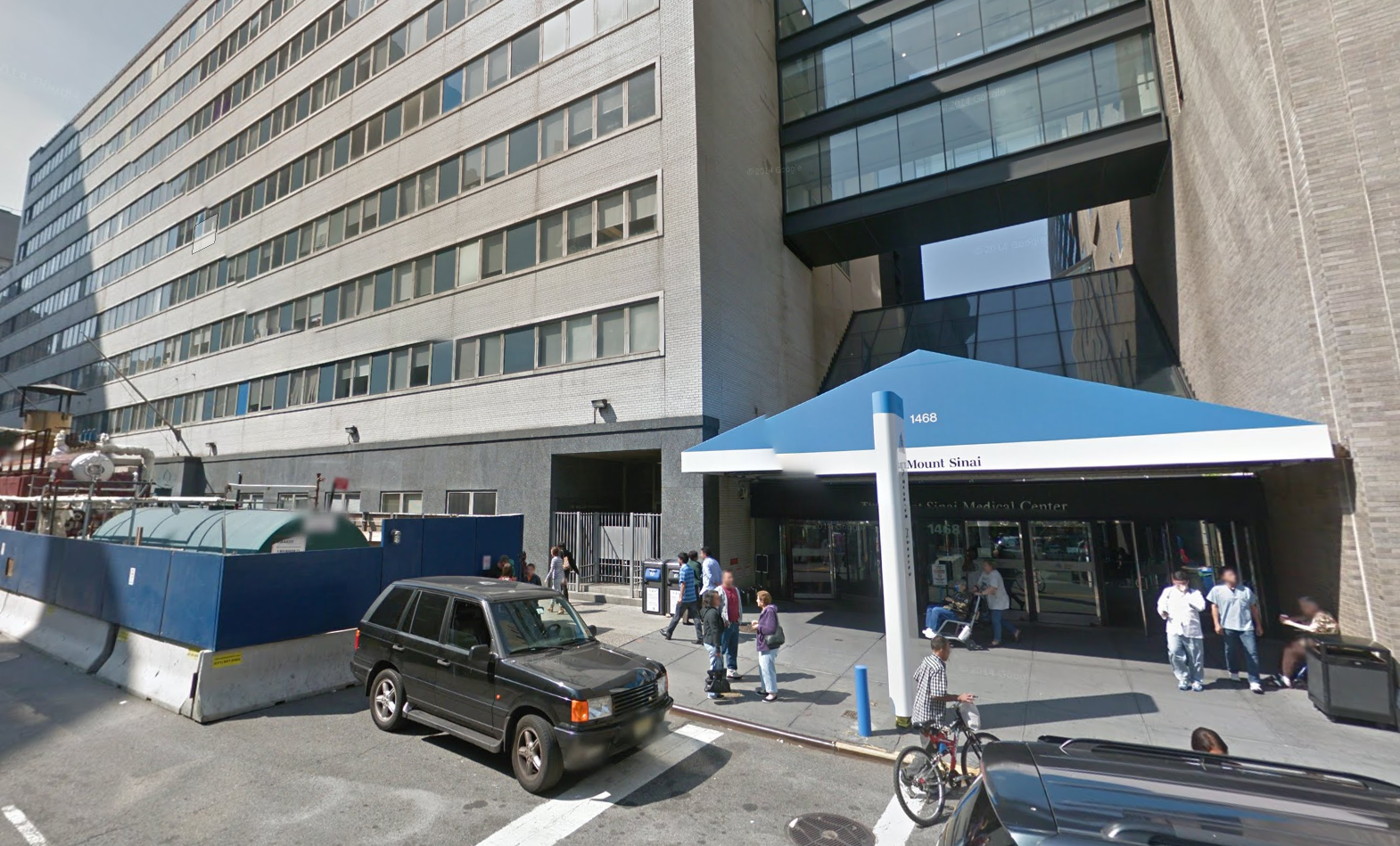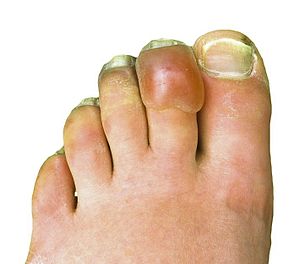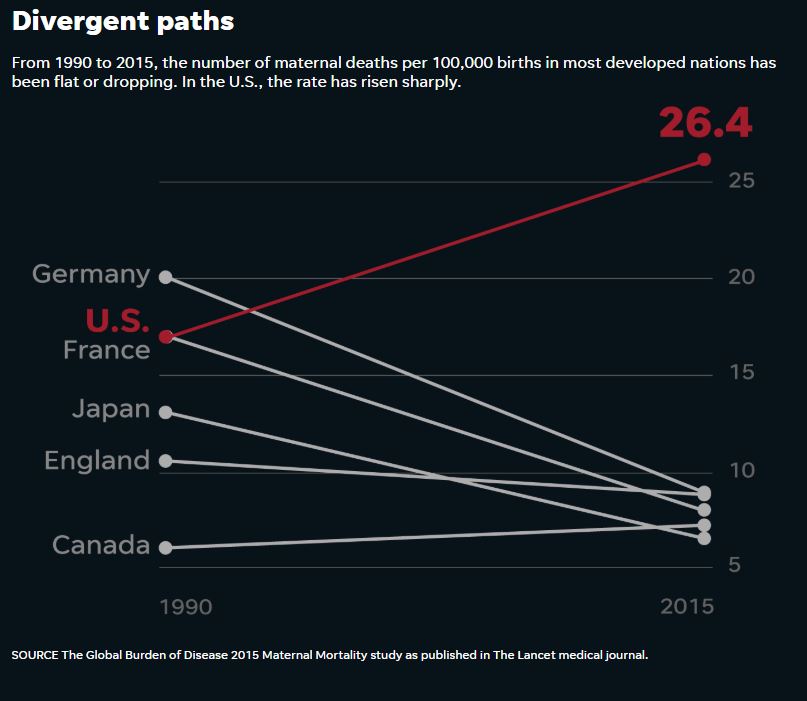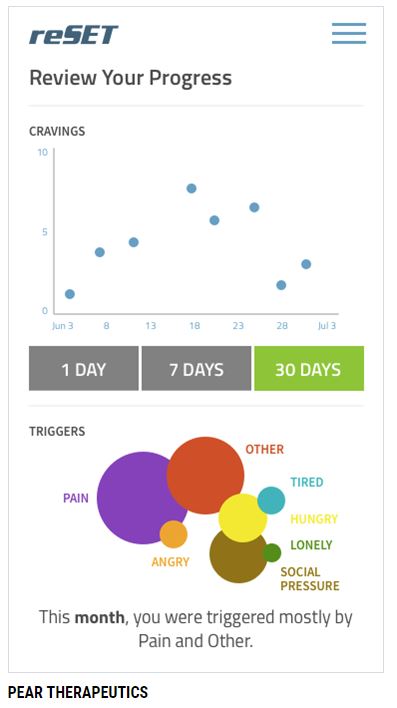Hospitalized patients with heart injury have a higher risk of dying from Covid-19
 36% of patients who are hospitalized for Covid-19 have heart injury and have a higher risk of death according to a recent study by Anu Lala, MD, Assistant Professor of Medicine (Cardiology) at the Icahn School of Medicine at Mount Sinai and published in the Journal of the American College of Cardiology.
36% of patients who are hospitalized for Covid-19 have heart injury and have a higher risk of death according to a recent study by Anu Lala, MD, Assistant Professor of Medicine (Cardiology) at the Icahn School of Medicine at Mount Sinai and published in the Journal of the American College of Cardiology.
Anu Lala’s team studied the records of 3000 patients who checked in at the emergency room of five New York City hospitals during the first two weeks of April. Among these 3000 patients. 60% of them were male. The average age was 66 year old. 25% were self-identified as African American and 26% were self identified as Hispanic or Latino. A quarter of them had a history of heart disease and another quarter had cardiovascular risk factors.
 New York Personal Injury Attorneys Blog
New York Personal Injury Attorneys Blog









